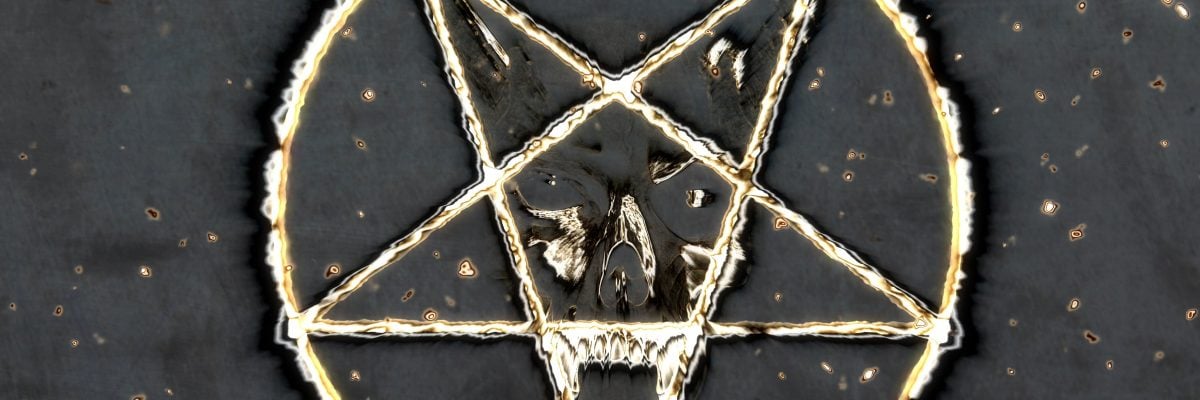
This fall members of the Satanic Temple will offer a series of clubs in U.S. public schools. The goal of these clubs, which cater to children as young as five, is to expose students to ideas about secularism and Satanism they may not have heard before. According to The Washington Post:
[The Satanists] point out that Christian evangelical groups already have infiltrated the lives of America’s children through after-school religious programming in public schools, and they appear determined to give young students a choice: Jesus or Satan. “It’s critical that children understand that there are multiple perspectives on all issues, and that they have a choice in how they think,” said Doug Mesner, the Satanic Temple’s co-founder.
Now that you know what is coming, here are three tips to help you either confront a Satanist club in your child’s school or talk about it with others who are following this story.
1. Know the facts
Don’t go to your school principal or local school board member and say Satanists are trying to recruit school children into their devil-worshipping cult. That type of Satanist believes that Satan is a real being who deserves worship and loyalty. Members of the Satanic Temple are not of that stripe. They’re basically atheists who use the symbol of Satan to get a rise out of religious people. According to their website:
[W]e do not promote a belief in a personal Satan. To embrace the name Satan is to embrace rational inquiry removed from supernaturalism and archaic tradition-based superstitions. . . . Satan is symbolic of the Eternal Rebel in opposition to arbitrary authority, forever defending personal sovereignty even in the face of insurmountable odds.
The goal of the After School Satan Clubs program is basically to help kids become atheists rather than worshippers of Satan. According to the program’s website:
After School Satan Clubs are based upon a uniform syllabus that emphasizes a scientific, rationalist, non-superstitious world view. . . . After School Satan Clubs incorporate games, projects, and thinking exercises that help children understand how we know what we know about our world and our universe.
(If the group is trying to convince parents, you’d never guess it from the creepy promotional video.)
2. Use criticism instead of censorship
It may be tempting to try and get this kind of club banned from your child’s public school, but Satanists have the same constitutional right to host an after-school club as Baptists, Catholics, Jews, or any other group. So long as they do not engage in criminal activity, there is no legal way to bar them from meeting in public schools (provided the school day has finished and attendance is voluntary). Mat Staver, the founder of the Christian legal organization Liberty Counsel says:
I would definitely oppose after-school Satanic clubs, but they have a First Amendment right to meet. I suspect, in this particular case, I can’t imagine there’s going to be a lot of students participating in this. It’s probably dust they’re kicking up and is likely to fade away in the near future for lack of interest.
Fortunately, the first amendment also protects criticism of this kind of club. You can express to the school board, the local newspaper, and the city council your disappointment in the existence of a club that idolizes Satan, a figure universally associated with depraved acts of evil, as role model for children just learning to read and write. Consider this analogy:
Imagine if a group of adults wanted to start a Hannibal Lecter After-School Program in your child’s elementary school. They agree that Hannibal Lecter, the cannibalistic serial killer from Silence of the Lambs, is a fictional character, but they promote him as a symbol of cultured refinement and dissent from authority.
Of course, it would be absurd to appropriate such a vile, evil character in order to ironically promote after-school activities. It is even more outlandish to do so with very young children who may think the evil society associates with these figures (be it Hannibal or Satan) is okay, since their new, nice friends at this club say this figure is “not a big deal” or is “misunderstood.”
Christians must be concerned because the members of the Satanic Temple will mislead children about who the devil is and reduce him to a silly, fictional character that represents “superstitious religions.” Believers have an obligation to tell people that the devil is real. As St. Peter says:
Be sober, be watchful. Your adversary the devil prowls around like a roaring lion, seeking some one to devour. Resist him, firm in your faith, knowing that the same experience of suffering is required of your brotherhood throughout the world (1 Pet. 5:8-9).
3. Start a Catholic after-school club
After-school programs that idolize evil figures may be legal, but that doesn’t make them moral or shield it from legitimate criticism. But the best way to refute error isn’t to simply complain about it—it’s to preach the truth!
The After School Satan program began as a response to the Good News Club, a project of Child Evangelism Fellowship that seeks to “evangelize boys and girls with the gospel of the Lord Jesus Christ and establish (disciple) them in the Word of God and in a local church for Christian living.” If evangelical churches and Satanists can take advantage of public school meeting places in order to reach young children with their messages, then why can’t Catholics do the same?
I’d recommend visiting the website of Life Teen or another Catholic youth ministry program to get resources and advice for setting up such a club. You should also get a copy of the new graphic novel The Big Picture (or its prequel The Truth is Out There) from Catholic Answers Press and consider giving it to a group of students to read, as it presents the gospel message in a way that teens and other young adults can uniquely appreciate.



